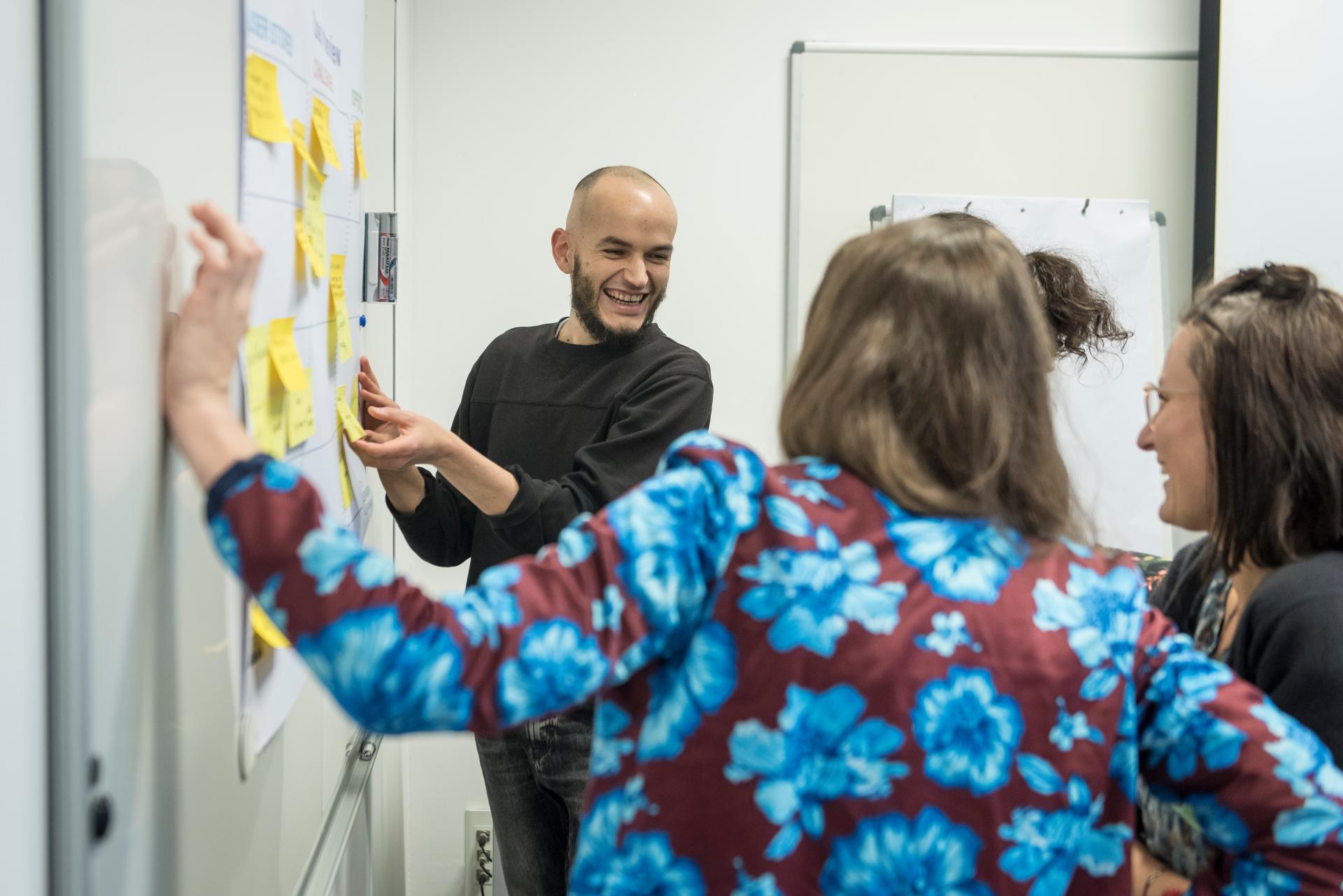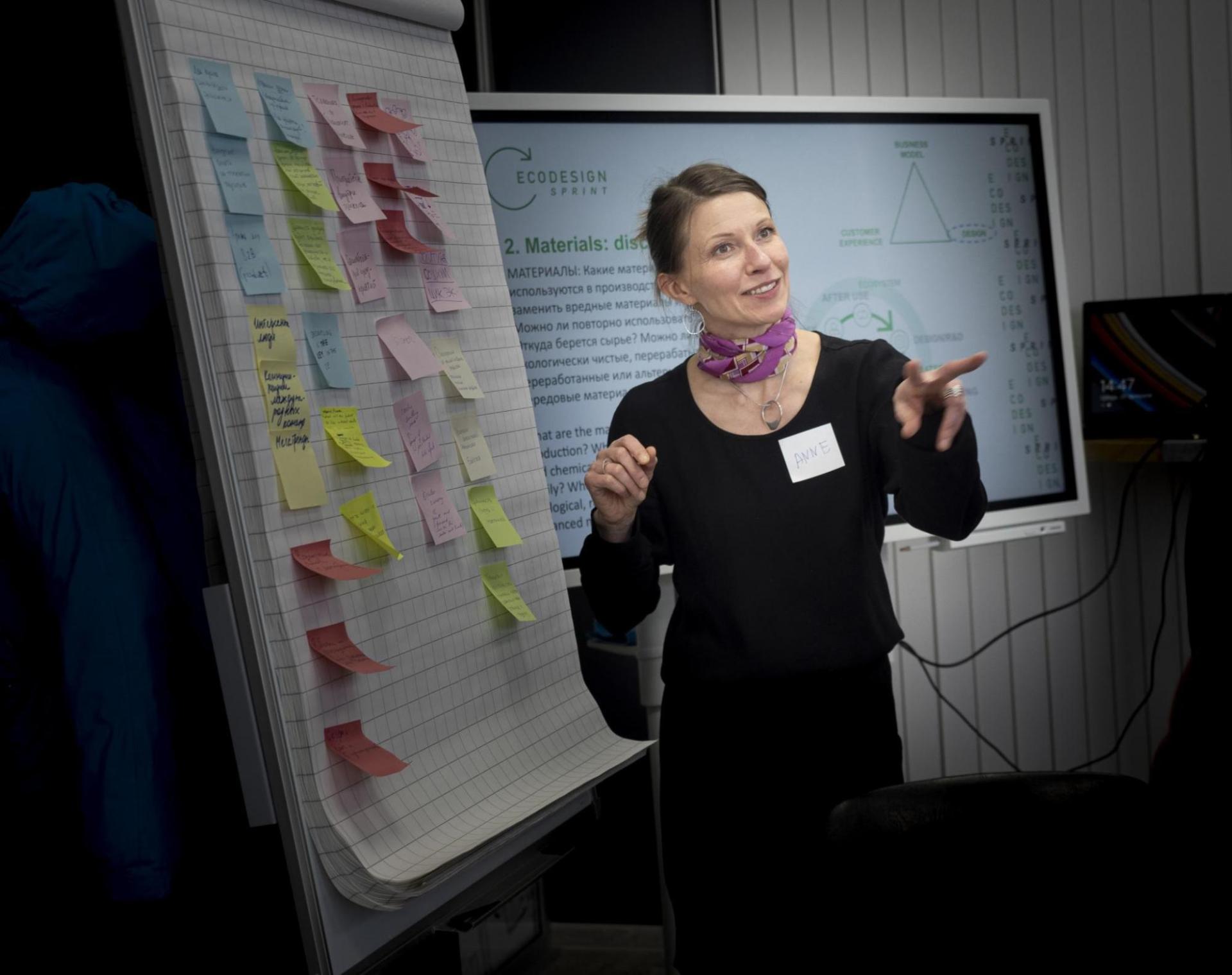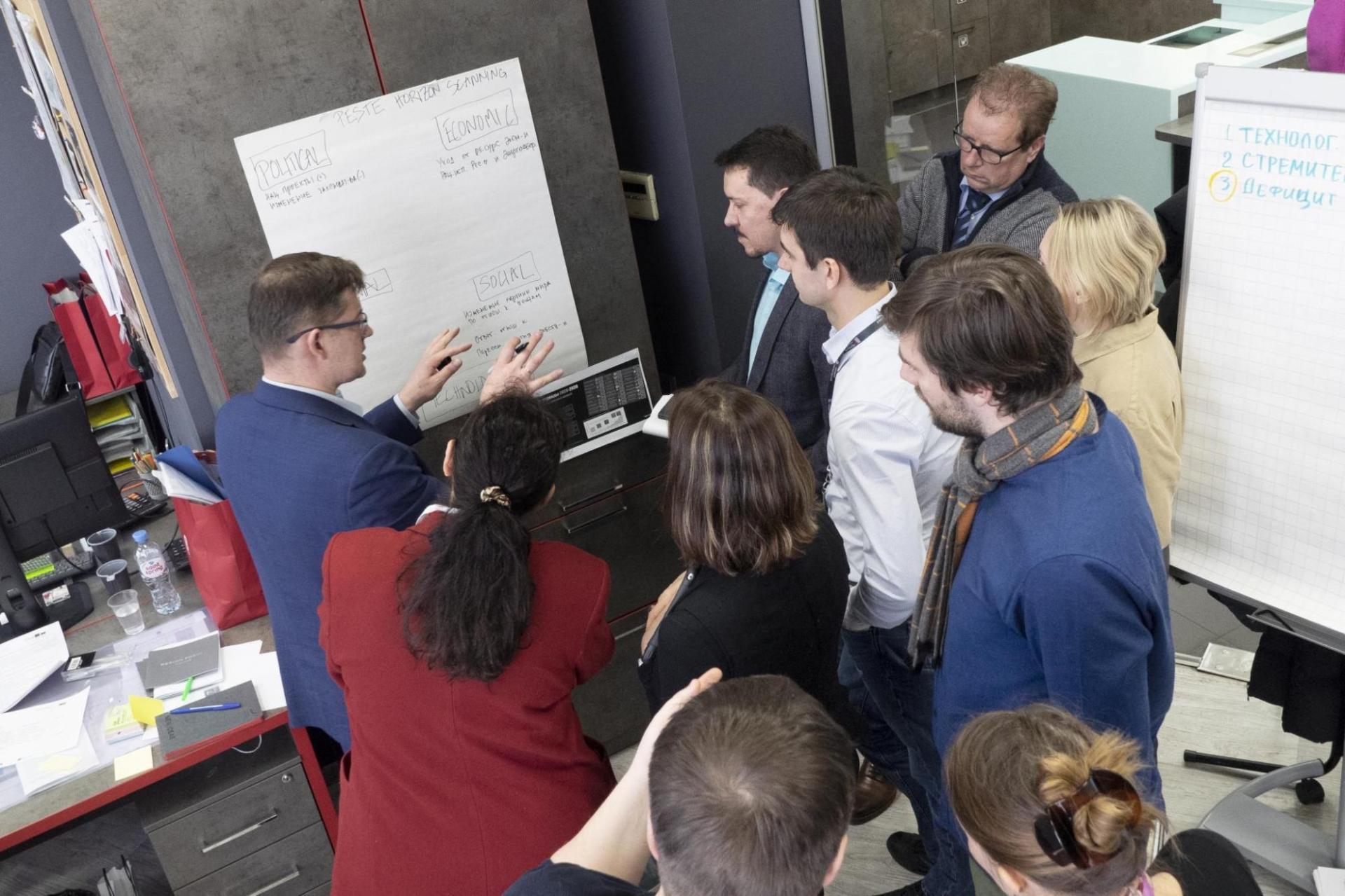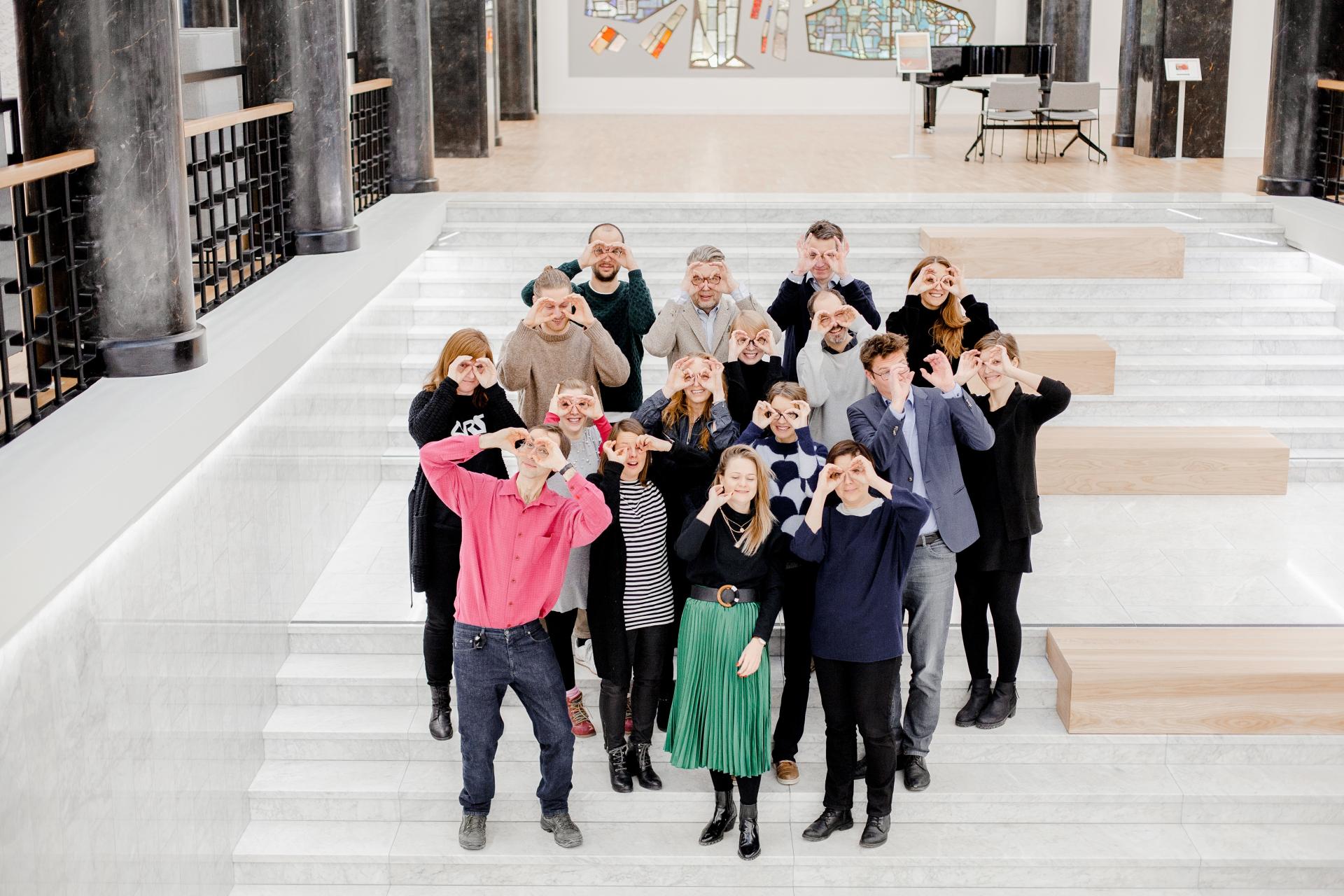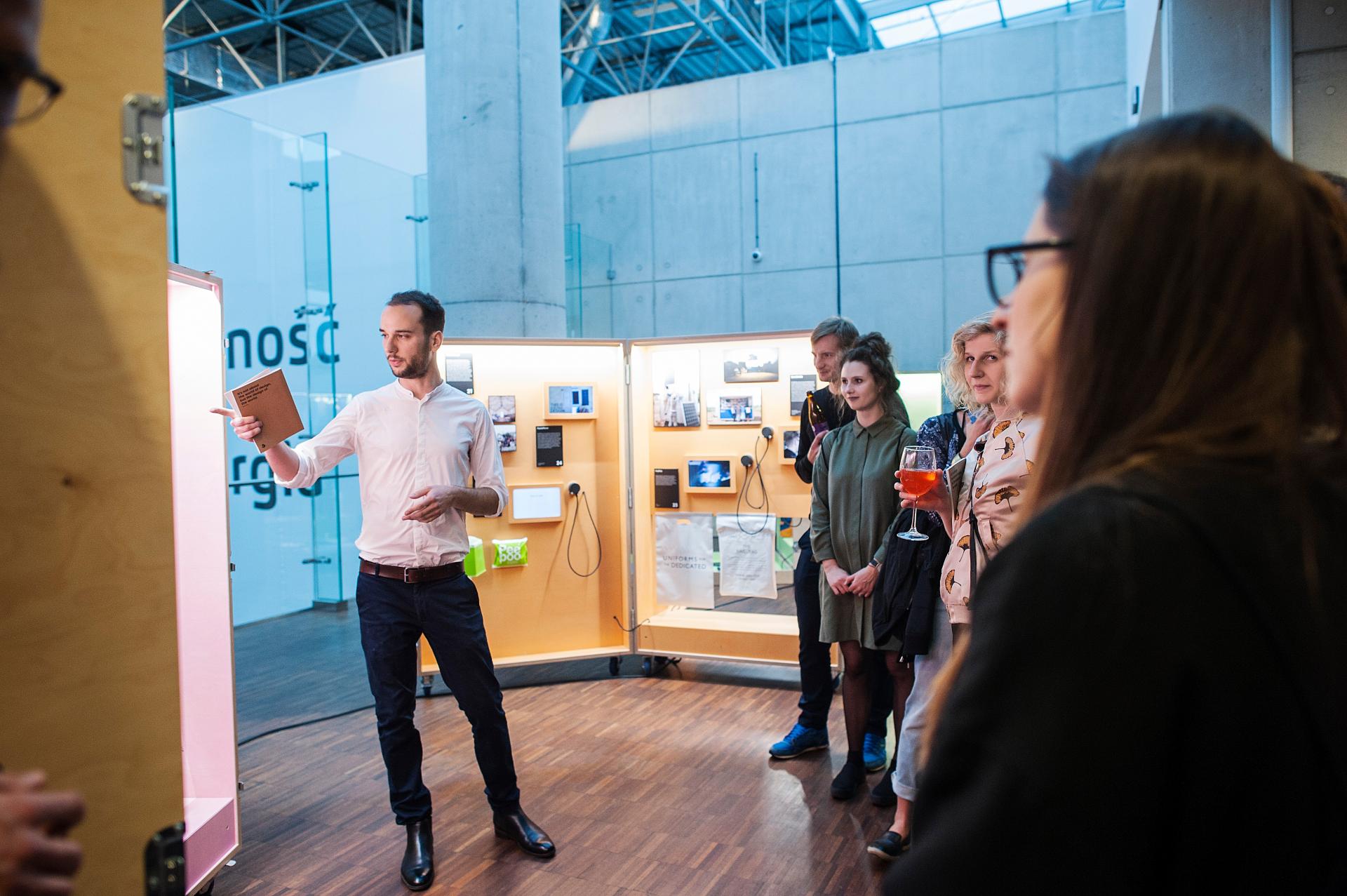EcoDesign Circle 4.0
Basic information
Project Title
Full project title
Category
Project Description
How can ecological design help to advance the transition to a circular model What opportunities does digitalisation offer sustainable service design? And what do practitioners and supporters of ecodesign need in order to bring it to life on a large, effective scale?
These questions lie at the heart of the project EcoDesign Circle 4 0. Discover our advisory and educational offers, join the ecodesign community” and contribute to fair and circular solutions from the design stage!
Project Region
EU Programme or fund
Which funds
Other Funds
EcoDesign Circle 4.0 is an extension stage project in the framework of the Interreg Baltic Sea Region programme (action field 1.3 Non-tech innovation). It is co-financed by funds from the European Regional Development Fund and the Russian Federation. The Lead Partner is the German Environment Agency. EcoDesign Circle 4.0 follows on from the 2016-2019 Interreg BSR project EcoDesign Circle.
EcoDesign Circle 4.0 project run from Aug 2019 until May 2021.
Description of the project
Summary
Our available resources are becoming scarce. We transgressed critical environmental parameters. Resulting social tensions and inequalities are growing. The conventional linear way of production leads to the disposal and thereby eventually to the “ of products, their components and materials. A circular approach means for us to narrow, to slow and to close loops, that is, to reduce consumption of resources, to use them longer and again and again This needs to be considered from the very beginning by design!
EcoDesign Circle 4.0 helped to put the spotlight on the design of products and services. Because the majority of the environmental impact of a product is determined in the design phase, this is a really effective leverage point. As one of our project partners said: “Ecodesign is good design that benefits people and the environment alike.” Therefore, our project developed and offered methods, formats and a platform to create circular business solutions starting from the design phase. For products and particularly for services.
We are an international team of design centres, public authorities and design practitioners from Estonia, Finland, Germany, Poland, Russia and Sweden. We have been working together (from 2016 to 2019 as EcoDesign Circle and from 2019 until 2021 as EcoDesign Circle 4.0) to strengthen the awareness and practical application of the design approach to circular economy across the Baltic Sea region.
Our advisory, educational, information and networking offers address designers, entrepreneurs, environmental experts and policymakers - making benefits for the whole society! Our offers comprise among others:
- an Ecodesign Learning Factory,
- the Ecodesign Audit and Sprint format to develop and improve circular business operations,
- the Sustainability Guide as a webbased knowledge platform to design the leap to circularity
- train the trainers and the open space Circular Design HOW TO? exchange sessions.
Key objectives for sustainability
How to advance the transition to a circular economy and society? How to create development of innovative circular offers & business models?
Circular design is one clue! Although the environmental impact of products and services is largely laid down in the design phase, circular design is insufficiently applied. Therefore, we raised the competences of innovation actors in the Baltic Sea region threefold:
a) We increased the capacity of five national design centres and their affiliated designers and one business consultancy in offering ecodesign services to their client companies.
We elaborated and piloted the EcoDesign Audit & Sprint tools. These tools are interactive training programs led by a circular economy coach that pinpoint opportunities for circular design within each company. For elaboration of their offers), design centers worked together with environmental experts from research, consultancy and public authorities. All tools and materials are freely available as an interactive toolkit. We developed a webportal into the present Sustainability Guide that provides inspiration, methods and support about circular design in a way that is relevant for designers and SMEs.
b) We increased the capacities of design centres and designers in translating the know-how of environmental scientists into business reality. And vice versa: We teached environmental experts in design approaches.
The developed EcoDesign Learning Factory is one answer to it: Interdisciplinary (and often international) teams learn in practical workshop how the life cycle approach and design thinking can be combined. In our Train the trainers offers we trained professionals about our elaborated methods and approaches.
c) We developed efficient cooperation structures innovation actors in the field of ecodesign.
We established exchange formats, such as the open space format “circular design HOW TO? sessions” and exchange formats in social media, such as the Ecodesign Competence Network.
Key objectives for aesthetics and quality
1) A major driver to start this international project were positive experiences with the design-focused approach in Germany. Our project’s lead partner, the German Environment Agency, had already established the German Ecodesign Award. In this award, both environmental experts AND designers assess the submissions. Thus, functionality, sustainability impact AND aesthetics are considered in an equal way. This was done in cooperation with the International Design Center Berlin. Design centres seemed to be the optimal partners as they bring together “enterprises” and the “design scene” – ideal for anchoring ecological design as a core principle. The intention then was to promote this approach of putting design in the focus of the transition process to a more circular economy. We thought it would be great to expand this idea to the Baltic Sea Region and initiate an “eco”network.
This interplay of designers AND environmental experts played a constant role during our project and our offers. In the EcoDesign Sprint a tandem of designer and a circular economy coach work together. In 3 training sessions a concept is elaborated by the design agency (ensuring aesthetic aspects) and agreed with the consulted enterprise.
2) In all our outputs we consider(ed) the aesthetic aspect, be it in our movies (e.g. about the EcoDesign Sprint, EcoDesign in Practice movies, and a short animated movie about our project. or our circular design toolkit, where we try to keep and easy but attractive access to our tools and formats for education and practice.
In our regular project (2016-2019), we prepared and showed a travelling exhibition at eight stops in the Baltic Sea region. Again, we tried to convince with a functional but attractive way.
Further examples for our downloadable materials can be found at the project webpage: www.ecodesigncircle.eu.
Project-internally, we use an own branding book for our communication.
Key objectives for inclusion
1) Interdisciplinary work seems to be really fruitful – our tried and tested trainings and workshops “Learning Factory Ecodesign” and “EcoDesign Audit-Sprints” prove it! Uniting professionals and students from environmental science, business, design and other fields brings in more inspiration and experiences. People can directly build on these different backgrounds. As ecodesign or circular design mean more system thinking, this increased level of complexity can only deliver results in a very cooperative, interdisciplinary working style.
Also in our EcoDesign Audit and Sprint team tandem of design and environmental expertise works together with enterprises (mainly SMEs). The user-centric approach ensures to keep the user/customer at focus!
2) When developing our major formats, such as the Ecodesign Learning Factory, Ecodesign Audit-Sprint and the Sustainability Guide we carried out open user surveys (example here) and expert interviews to cover the main needs. All our approaches are in a continuous improvement process. Each workshop / training / consultancy is evaluated and based on these evaluations adapted for upcoming runs.
3) We use different media: websites, social media, we created more than 20 short movies, workshop formats, canvases, guidelines, exhibition catalogues, reports and manuals. Thus ensuring that this mix helps to include a broad audience.
4) In our partnership, we have the brain power of design centre professionals, designers themselves, environmental scientists, microelectronics engineers, business experts, and government bodies. As an international team we bring together and share the needs of professionals in our countries: Estonia, Finland, Germany, Poland, Sweden and Russia.
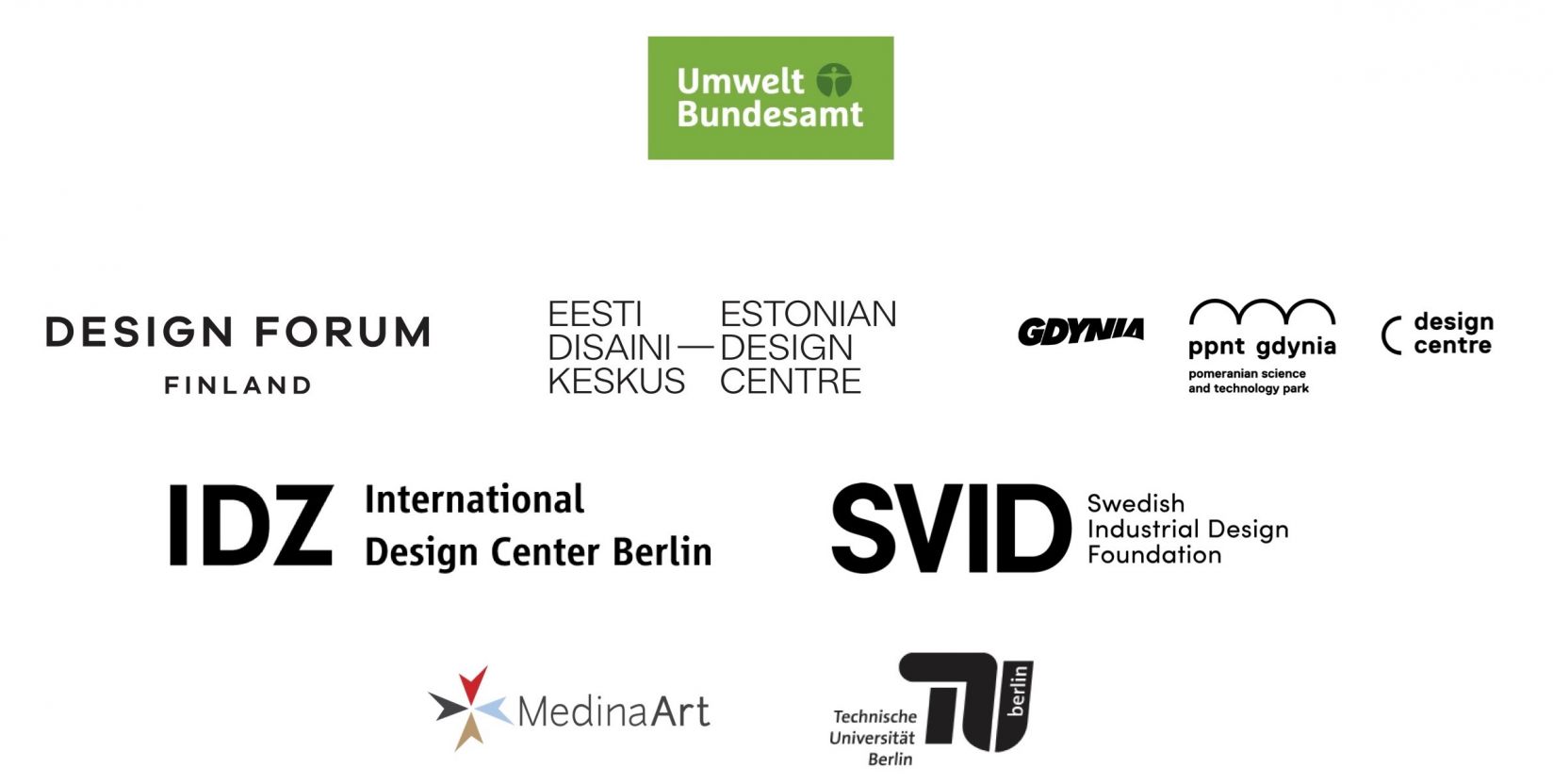
Results in relation to category
Our goal was to increase the capacities of innovation actors in the Baltic Sea region bringing together user-centrice design thinking and life cycle thinking / sustainability.
1) Our methods and formats are designed to help create circular solutions - both for products and services. The EcoDesign Learning Factory playfully demonstrates the potential of circular design. EcoDesign Audit and Sprint are „twins” that reveal both a company’s current status and its potential in terms of circularity and design, leading to the development of (more) circular products and services. For both the Learning Factory and the “Audit-Sprint” tool, working in interdisciplinary teams (design, business, sus- tainability) is essential. We provided 19 Learning Factory workshops between 2017 und 2021 and 11 EcoDesign Audit and Sprint runs in / with enterprises, designers and circular economy experts.
2) Services and service design play an important role, enabling circularity and the uptake of sustainable products and practices. We need pioneers and a rising number of change agents to improve the chances of overcoming path dependencies. Therefore, we further developed the Sustainability Guide where companies, designers and higher education institutions will find inspiration and tools to work sustainably in 5 categories and more than 50 inspiring good cases. We have gathered inspirational service, policy and cooperation cases: How have others managed to make the existing linear (business) model obsolete and become circular? And what are the accompanying political frameworks and cooperation models that have supported this? Our Sustainability Guide is a knowledge platform to support your (designed) leap to circularity.
3) In our 6 "Train the trainers workshops", professionals could learn more about our tools and approaches (Learning Factory, Audit, Sprint) and our experiences. And in our 4 "Circular Design HOT TO? sessions" professionals could exchange.
How Citizens benefit
1) Our established consultancy and educational offers consider the customers at all times by applying user-centric approaches. What are the real needs of the user? A newly designed car or an attractive mobility service? For instance, the EcoDesign Learning Factory teaches methods how to start from a user perspective and triggers participative work in interdisciplinary groups. Because: What is the point of a durable, recyclable product made of non-toxic materials if it is not needed at all.
As we had a focus on service design, we strongly brought life-cycle thinking und UX approaches together. Customers will have a pivotal role in making the circular economy work. Therefore, circular experience Design makes this new role joyful and effortless:
Circular Design focusses mainly on products, materials and processes. But humans will also play a pivotal role in making the circular economy work, therefore we address their new tasks and roles in a new economy in our consultancy formats which goes beyond just "consuming" (EcoDesign Sprint; EcoDesign Learning Factory). E.g. people need think about products as a "warehouse", they need to take care of their products better and maintain and repair them the right way. Customers become “stewards” instead of owners and must be activated for "take back". Instead of selling new stuff to people periodically, brands that go circular need their customers to build long and meaningful relationships with their offers.
2) About 20.000 visitors from the broad public visited our travelling exhibition “rECOnsider design” at seven stops between the Arctic Circle and Berlin (2017-2019). About 50 inspiring and tangible practice-proven cases from the Baltic Sea region demonstrated to designers, companies and ordinary consumers the diverse possibilities of ecodesign and encouraged sustainable consumption patterns. For example, the “whim" service from Finland that brings different transport possibilities together: from tram to e-scooter.
Innovative character
- We do not focus on the optimisation of single sustainability aspects, such as waste and energy consumption, but rather consider the various levels of value retention of products, their components and materials: how to maintain, upgrade, repair, reuse, refurbish, remanufacture and ultimately recycle products. Our elaborated offers do not aim at individual product groups, but address the wide range of products - from clothing and packaging to product service systems. We do not look at "end-of-pipe solutions" that remedy symptoms, but rather at the system level. Thus, new is our holistic starting point from design perspective as a driver for the transition to a circular economy.
- In our project, for the first time national design centres, service design agencies and environmental actors have worked together on transnational level to promote and establish the theme of circular design, reaching both companies and designers. We demonstrated the untapped potential for innovative products and more sustainable (service-based) business models at design stage in our pilot consultancies with enterprises and workshops for professionals from design, sustainability and business.
- Last but not least. Our main focus in the last year was on service design which opens up totally new opportunities to apply digital solutions for circular offers, e.g. via platforms or apps. We were also pioneering in the Baltic Sea region with our offers (Learning Factory, Ecoeisgn Audit and Sprint): we built on the user-centred and interdisciplinary design thinking methods and combined them with the life cycle approach. This enabled us to translate "environmental aspects" into business reality for designers and companies.

